Softwood Lumber Grading: What You Need to Know
- September 17, 2024
- 0 comment
Softwood lumber is a critical material in the construction and woodworking industries, valued for its versatility, cost-effectiveness, and renewable sourcing. However, not all softwood lumber is created equal. Whether building a home or crafting furniture, the quality of the wood matters. This is where softwood lumber grading comes into play.
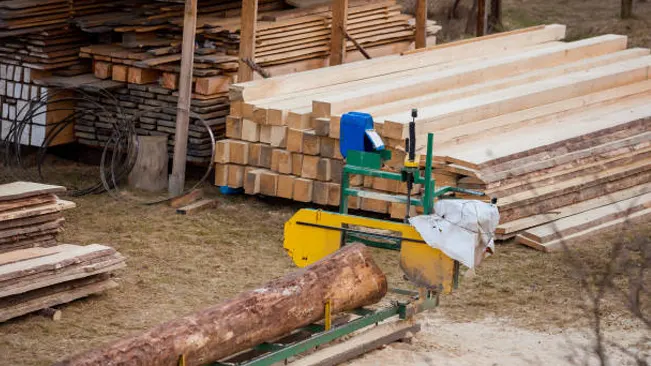
Lumber grading serves as a standardized system to ensure that the wood used meets specific structural and aesthetic criteria. This discussion examines the complexities of softwood lumber grading, focusing on the process, its significance in various industries, and the latest advancements influencing the field.
What is Softwood Lumber Grading?
Softwood lumber grading is a process that categorizes lumber based on various physical attributes such as strength, appearance, and usability. This system ensures that consumers, whether they’re builders, carpenters, or homeowners, can select the appropriate wood for their needs.
Different types of grading focus on different aspects of the wood. Some grades are more concerned with the wood’s ability to bear loads, while others focus on its aesthetic qualities. Also, the purpose of grading is to maintain a consistent standard across the industry, ensuring that projects built with softwood lumber are both safe and visually pleasing.
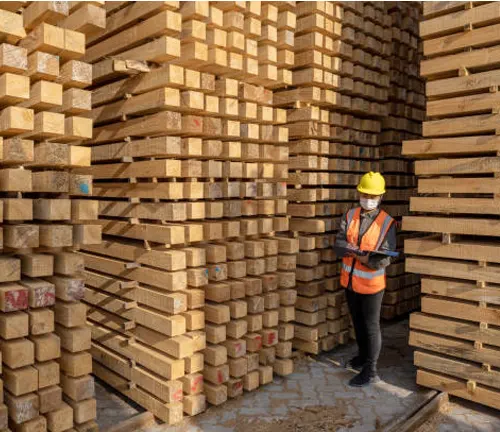
Lumber grading is particularly important in North America, where stringent building codes often require specific grades of wood for structural applications. By adhering to grading standards, manufacturers help ensure that their products meet the requirements of architects, engineers, and contractors.
Grading Standards
The grading of softwood lumber is governed by strict standards, which differ slightly between regions but generally follow guidelines set forth by key organizations.
In the United States, the U.S. Department of Commerce and the American Lumber Standards Committee oversee these regulations. The American Softwood Lumber Standard (PS 20-20) is the main governing document that provides the basis for all softwood lumber grading in the country.
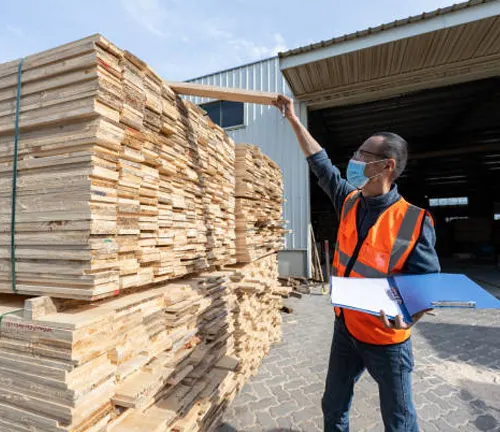
It is supported by third-party agencies like the Pacific Lumber Inspection Bureau (PLIB), which regularly publishes updated grading rules.
Similarly, the National Grade Rule (NGR) serves as a standardized guideline for grading dimensional lumber across the United States and Canada. It lays out the criteria for grading based on characteristics such as knots, splits, and moisture content.
Types of Softwood Lumber Grading
1. Non-Stress Graded Lumber
Non-stress graded lumber is primarily used in applications where structural integrity is not a critical factor. This type of lumber is graded based on its appearance and minor imperfections like knots, splits, or stains. The more visually appealing the lumber is, the higher its grade. Non-stress graded lumber is typically used for interior finishes, paneling, and furniture.
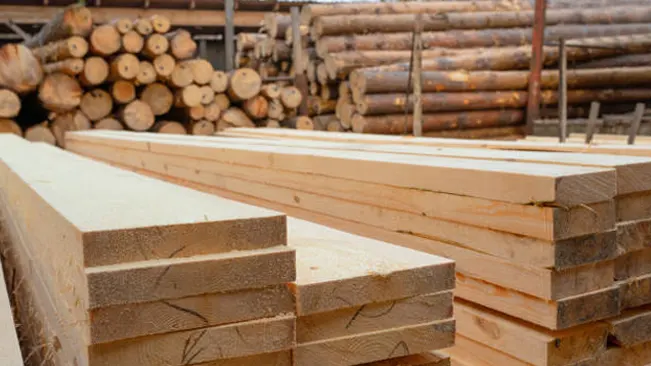
Within this category, lumber is further divided into grades such as No. 1 (Construction), No. 2 (Standard), and No. 3 (Utility).
- No. 1 lumber has the fewest defects and is often used for visible applications where aesthetics are important.
- No. 2 lumber has more imperfections than No. 1 but is still strong and suitable for most structural purposes.
- No. 3 have more defects and are often relegated to hidden or secondary uses, such as backing or framing.
2. Stress-Graded Lumber
Stress-graded lumber, often referred to as dimensional lumber, is evaluated for its ability to bear weight and resist stress, making it ideal for structural applications like framing, beams, and joists. Dimensional lumber is typically cut to standardized sizes (e.g., 2×4, 2×6) and is No. 3 have more defects and are often relegated to hidden or secondary uses, such as backing or framing. based on its strength, stiffness, and uniformity.
Categories within stress-graded lumber include:
- Structural Light Framing: Used for light construction work such as trusses and small beams.
- Light Framing: Applied in less load-bearing applications, including window framing and partition walls.
- Structural Joists and Planks: Used for heavy-load-bearing structures like floor joists and rafters. This lumber is typically graded as Select Structural, No. 1, No. 2, or No. 3, with Select Structural being the strongest.
3. Appearance-Graded Lumber
Appearance-graded lumber is judged solely based on its visual qualities, making it ideal for projects where the wood’s aesthetics matter more than its structural properties. Builders use appearance-grade lumber in furniture making, cabinetry, trim, and paneling.
This type of lumber is often graded using letter grades—A, B, C, and D—with A-grade lumber having the fewest defects. Higher grades are usually used where the wood will be exposed to view, such as in high-end furniture or decorative paneling.
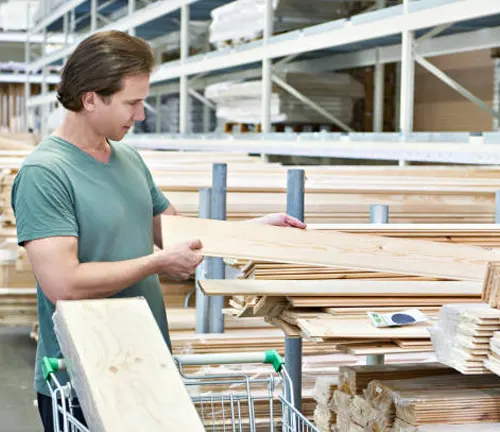
New Developments in Softwood Lumber Grading
Softwood lumber grading is not static; new rules and standards are regularly introduced to adapt to changing manufacturing processes and consumer needs. One notable development came in 2022 when the Pacific Lumber Inspection Bureau (PLIB) updated its WCLB Standard Grading Rules for West Coast and Imported Softwood Lumber.
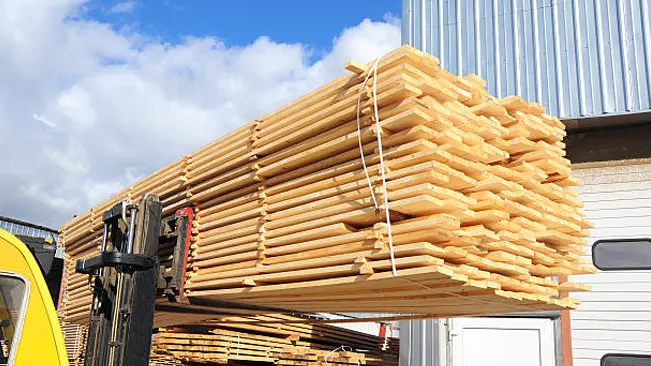
These new rules replace the earlier 1991 standards and introduce updated machine stress-rated (MSR) tables, as well as revised design values to reflect the latest technological advancements. Furthermore, the updated rules include new provisions for timber seasoning, which ensure consistency across different manufacturers.
This shift in grading rules is part of a broader trend to standardize the lumber industry on a global scale, making it easier for manufacturers to meet diverse market demands while ensuring safety and quality.
Factors Affecting Lumber Grade
Several factors play a role in determining the grade of a piece of softwood lumber. These include:
- Knots: Small, well-formed knots can add character to wood used in furniture making, but larger, loose knots can weaken structural lumber.
- Splits and Checks: Splits that run along the grain reduce the strength of lumber and lower its grade.
- Moisture Content: Wood shrinks and expands as it absorbs and loses moisture, which can lead to warping and cracking. Proper seasoning or drying of lumber helps mitigate these issues.
- Grain Orientation: Lumber with straight, consistent grain is generally stronger and more stable than wood with irregular grain patterns.
By understanding these factors, consumers can make informed decisions about which grade of lumber is best suited for their specific projects.
Importance of Grading for Different Applications
Selecting the correct lumber grade is critical for ensuring that a project meets both safety standards and aesthetic expectations. For instance, using non-stress graded lumber in a structural application could result in catastrophic failure, while using low-grade appearance lumber in a visible application might detract from the finished product’s quality.
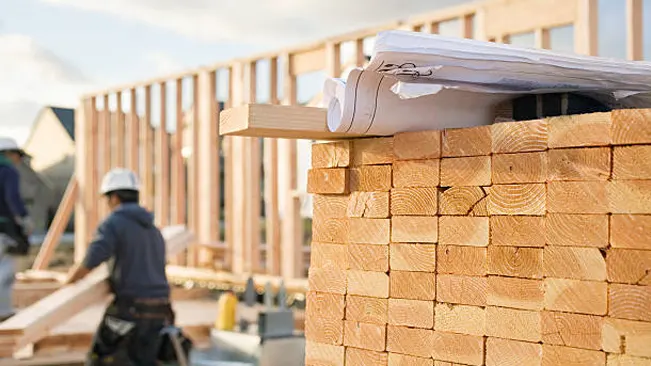
For builders, engineers, and architects, adhering to grading standards ensures that structures are built to last. For woodworkers, understanding the nuances of grading allows them to choose the best wood for aesthetic projects, ensuring beautiful, long-lasting results.
Conclusion
Softwood lumber grading is an essential process that ensures consistency, quality, and safety in woodworking and construction. Whether building a home, crafting furniture, or creating decorative pieces, understanding the various grades of softwood lumber allows consumers and professionals to select the appropriate materials for their projects.
As the industry continues to evolve, new standards and rules are introduced to ensure that softwood lumber remains a reliable and sustainable resource. By familiarizing yourself with these grading systems, you can make better-informed decisions, ensuring that your projects are both structurally sound and visually appealing.
Frequently Asked Questions (FAQ’s)
- What is softwood lumber grading?
Softwood lumber grading is a process that categorizes lumber based on its strength, appearance, and suitability for various applications. Grading ensures that the lumber meets industry standards for safety and quality. - Why is grading important for construction?
Grading helps ensure that the wood used in construction meets the structural and safety requirements needed for load-bearing applications. Using the appropriate grade reduces the risk of structural failure. - What are the main types of softwood lumber grading?
Softwood lumber is primarily graded into three categories: non-stress graded (for aesthetic purposes), stress-graded (for structural use), and appearance-graded (for visual applications). Each grade serves a different purpose depending on the intended use of the lumber. - Who sets the standards for lumber grading?
In North America, organizations like the American Lumber Standards Committee and the Pacific Lumber Inspection Bureau set the standards for grading. These standards are enforced through inspection and certification programs. - How is stress-graded lumber different from non-stress graded lumber?
Stress-graded lumber is evaluated for its ability to bear weight and resist deformation, making it suitable for load-bearing structures. Non-stress graded lumber is mainly used for its aesthetic qualities, not its structural strength. - What factors influence the grade of softwood lumber?
Key factors include knots, splits, grain orientation, moisture content, and the presence of defects like warping or checking. The fewer imperfections a piece of wood has, the higher its grade. - What is machine stress-rated (MSR) lumber?
Machine stress-rated (MSR) lumber is graded using machines that measure its strength and stiffness. This type of grading is used to ensure consistent performance in structural applications. - How do recent updates in grading rules affect the industry?
Recent updates, such as changes to machine stress-rated tables and seasoning rules, help standardize lumber quality across different manufacturers, improving consistency and safety in construction projects. - What is the difference between dimensional lumber and appearance-grade lumber?
Dimensional lumber is used for structural purposes and is cut to specific sizes (e.g., 2×4) for construction. Appearance-grade lumber is selected for its visual appeal and is often used in cabinetry, furniture, or paneling. - Can softwood lumber be used for both structural and decorative purposes?
Yes, depending on the grade, softwood lumber can be used for structural projects like framing or for decorative projects like trim and furniture. The key is selecting the appropriate grade for the intended application.

Jordan Blake
Forestry AuthorJordan Blake is a forestry expert with over 15 years of experience in arboriculture and community education. Passionate about sustainable forest management, Jordan regularly writes for Forestry.com and Tree Care Magazine. Holding certifications in tree health assessments and urban forestry management, Jordan conducts workshops to educate the public on sustainable practices. Jordan has a degree in Environmental Science and enjoys hiking and photography in their free time.



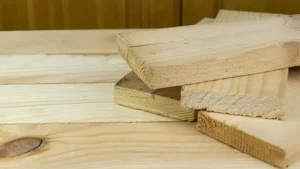
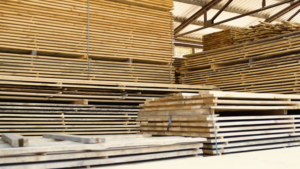
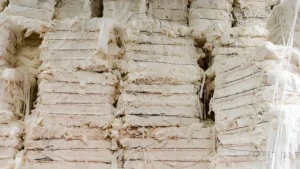

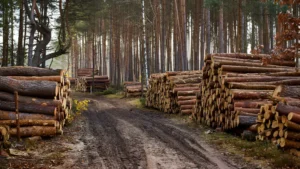


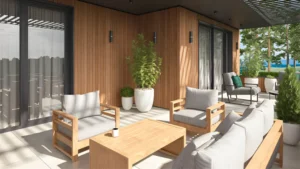
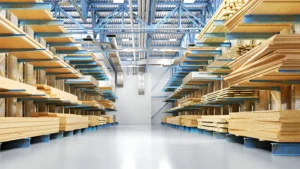
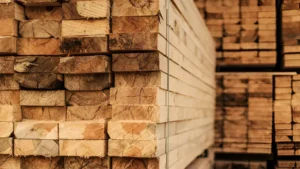
Leave your comment